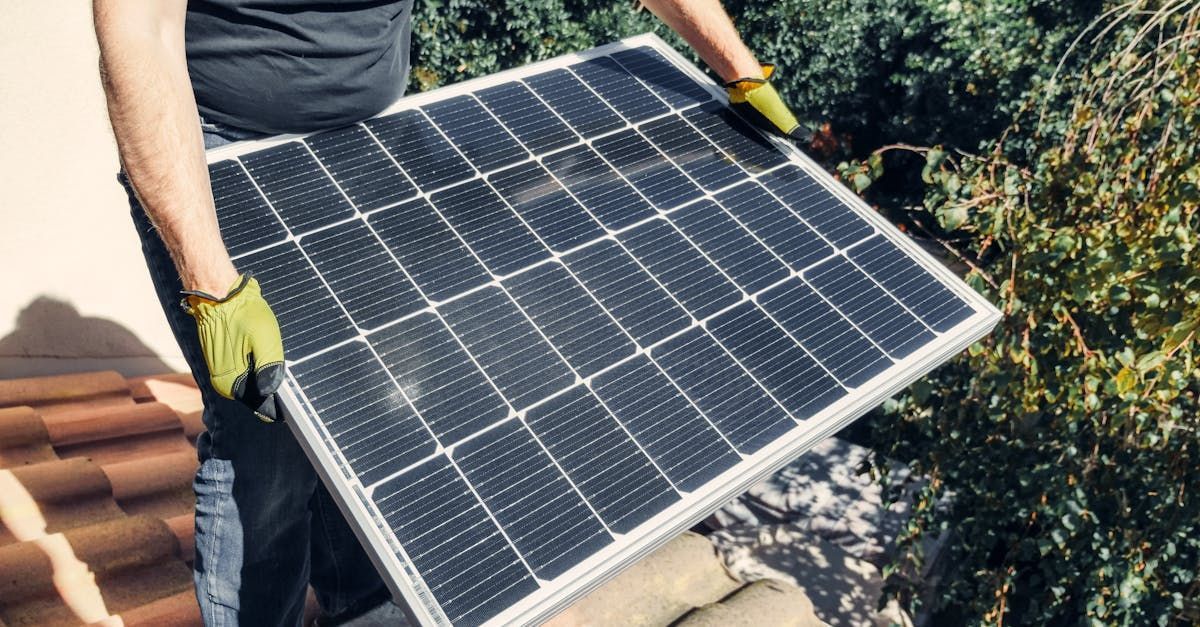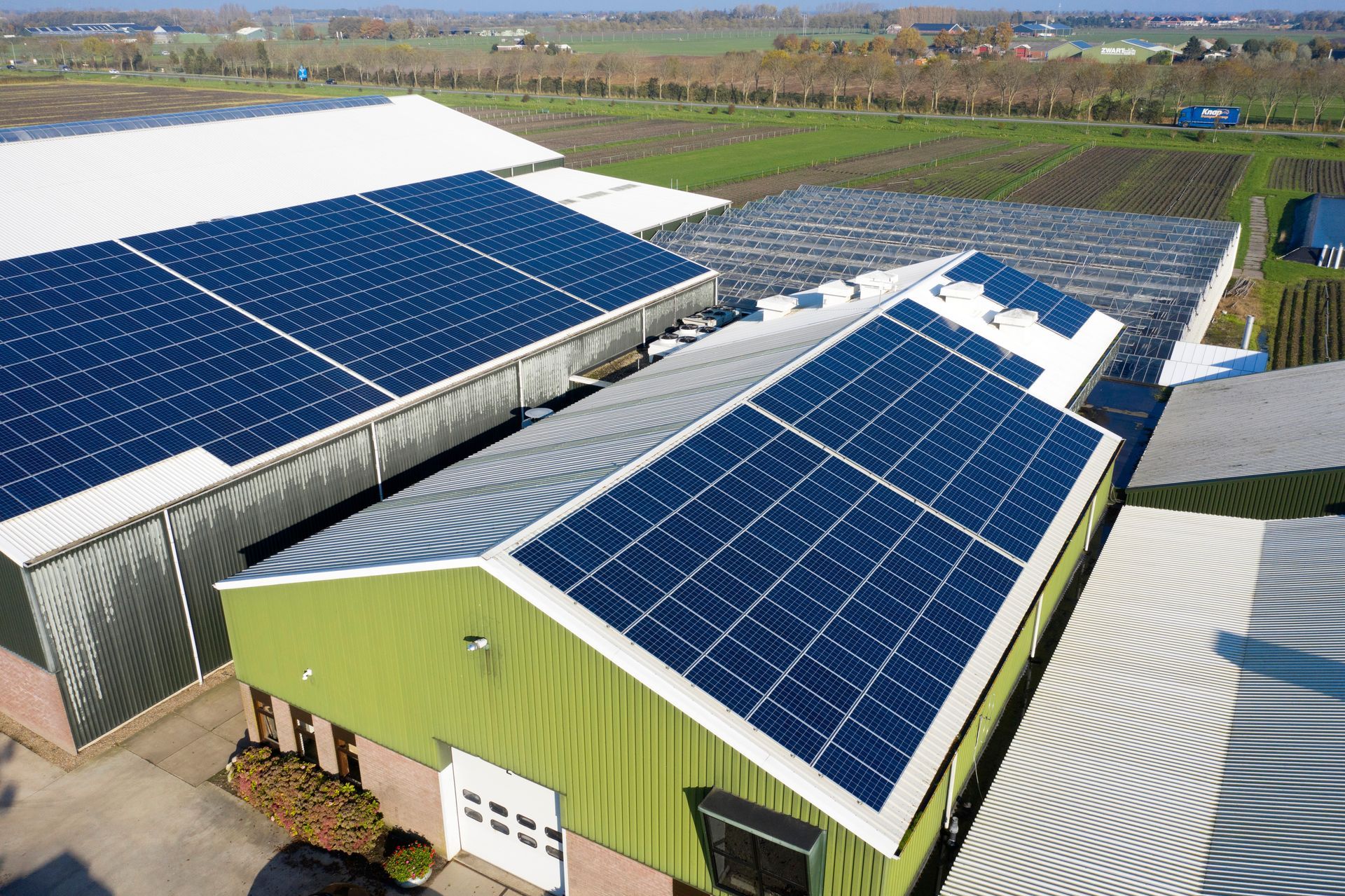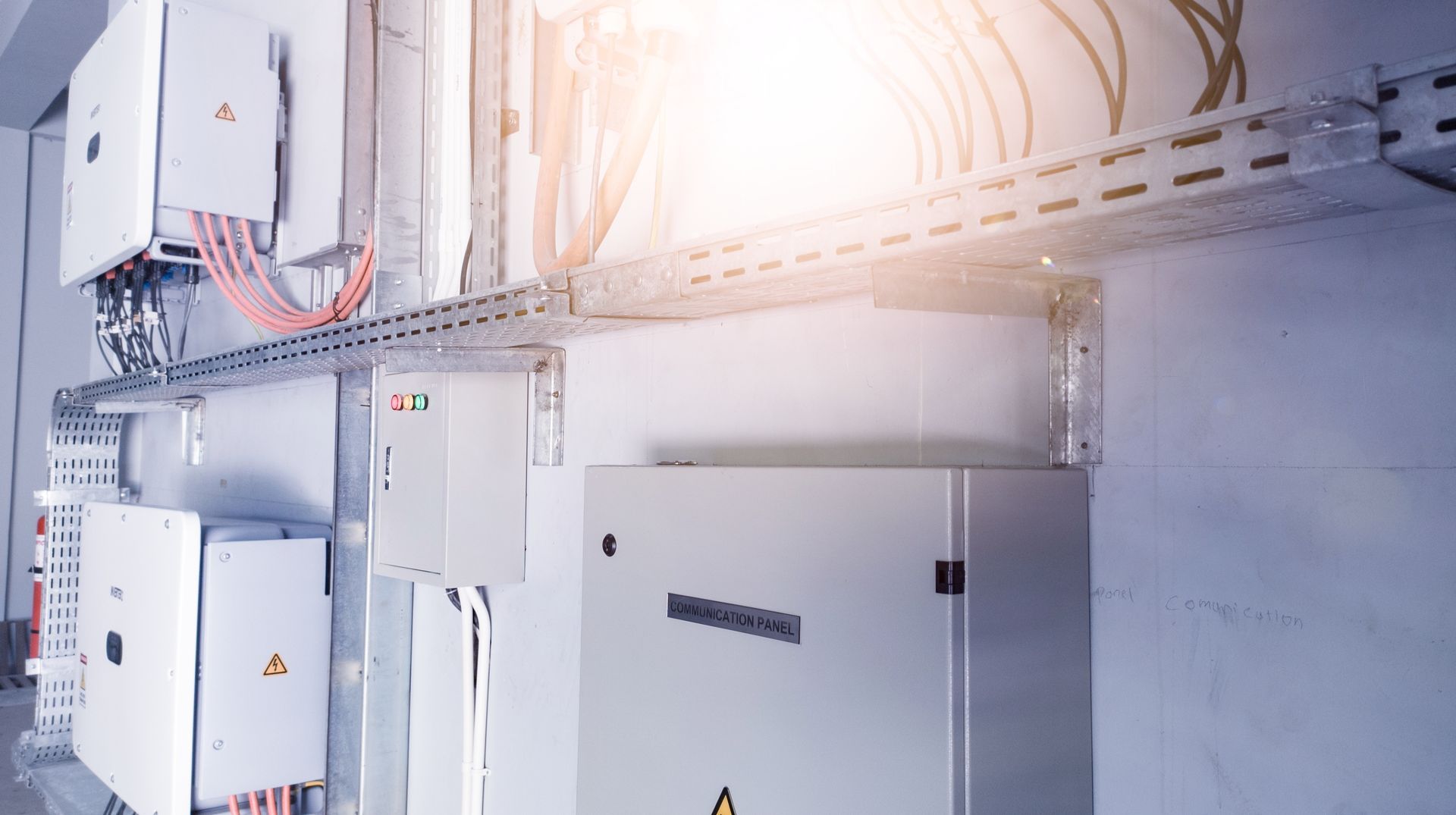What are the kinds of batteries used in Solar PV systems?
The transition towards renewable energy sources, particularly solar photovoltaics (PV), has gained significant momentum in recent years. While solar panels convert sunlight directly into electricity, they require batteries to store this energy for use during periods with limited sunlight or when grid power is unavailable. Choosing the right solar battery is crucial for maximising the benefits of a solar PV system and ensuring a seamless energy supply.
Solar batteries play a crucial role in enhancing the benefits of solar PV systems, providing energy storage that can be used both day and night, as well as enabling backup power during grid outages. By carefully considering the type of battery, system size, budget, and individual needs, both homeowners and businesses can make informed decisions to optimise their solar energy investments. As solar battery technology continues to evolve, the future holds the promise of even more efficient, sustainable, and cost-effective energy storage solutions.
What are the major battery types?
- Lead-acid batteries are the most common and affordable type of solar battery, offering a long lifespan and relatively low maintenance requirements. However, their energy density is lower than other types of batteries, and they are more susceptible to sulfation, which can reduce their capacity over time.
- Lithium-ion batteries are the most advanced and efficient solar batteries, boasting high energy density, rapid charging capabilities, and extended lifespans. Their higher upfront costs, however, limit their widespread adoption in residential applications.
- Nickel-cadmium batteries offer a good balance of energy density, cycle life, and cost, making them suitable for both residential and commercial solar PV systems. However, their environmental impact due to cadmium usage poses many concerns.
- Flow batteries are unique in that they store energy in liquid electrolytes rather than solid electrodes. They offer the highest energy density potential, but they are also the most expensive and require specialised installation and maintenance.
How can you select the right solar battery for your needs?
The choice of solar battery depends on several factors, including:
- System size and energy needs: Larger solar PV systems with higher energy consumption require batteries with greater storage capacity.
- Budget: Lead-acid batteries are the most cost-effective option, while lithium-ion batteries offer the highest performance but come with a higher price tag.
- Climate and usage patterns: Batteries in colder climates may require additional heating or insulation to maintain optimal performance.
- Back-up power requirements: If you prioritise self-sufficiency and want to power your home during grid outages, a larger battery capacity is necessary.
- Environmental considerations: If you prioritise sustainability, batteries with lower environmental impact, such as flow batteries and nickel-cadmium batteries, may be more appealing.
What are the main considerations for battery lifespan?
Battery lifespan is a crucial factor in determining the overall cost-effectiveness of a solar PV system. Factors that affect battery life include:
- Depth of discharge: Deeper discharges put more strain on the battery, reducing its lifespan.
- Temperature: Extreme heat and cold can accelerate battery degradation.
- Charge cycles: The number of times the battery is recharged and discharged also affects its lifespan.
- Battery maintenance: Proper maintenance, such as regular electrolyte checks and cleaning, can extend battery life.
What are the future trends in solar battery technology?
Research and development are continuously advancing solar battery technology. Promising advancements include:
- Solid-state batteries that offer improved energy density, safety, and cycle life compared to conventional lithium-ion batteries.
- Advanced materials such as lithium-sulphur and zinc-air, hold the potential for even higher energy density and lower costs.
- Smart battery management, such as by applying artificial intelligence (AI) and machine learning (ML) are being used to optimise battery performance, charging, and discharging cycles.












